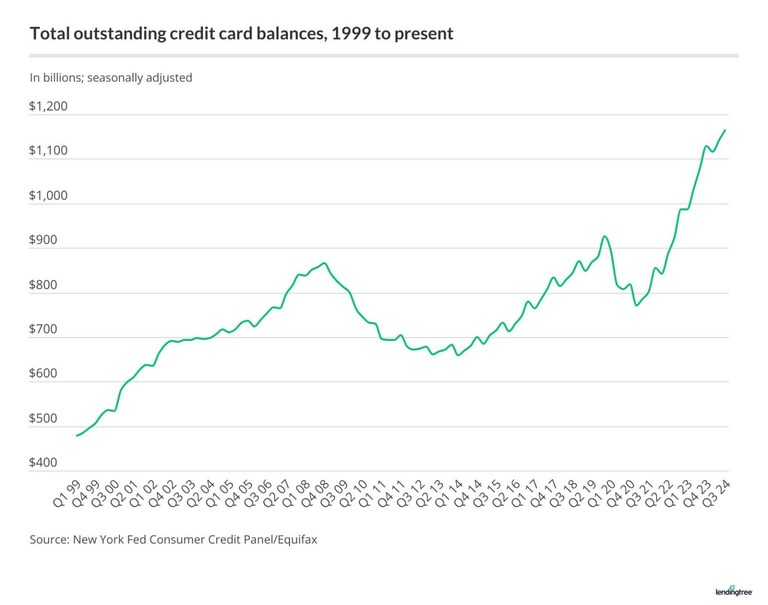In this assignment, I will be summarizing the life and career of our 5th president, James Monroe.
James Monroe was born on April 28, 1758. His father, Spence Monroe, and his mother, Elizabeth Monroe owned 600 acres in rural Virginia. He started going to William and Mary College, but he left in 1776 to fight in the Revolutionary war as a lieutenant. He was one of the men who crossed the Delaware River with Washington. He advanced through the ranks to major, but later resigned his commission.
Monroe then started studying law with Thomas Jefferson. He was elected to the Virginia House of Delegates. His law career continued, as he served in congress from 1783 to 1786. He then retired and was elected to the senate in 1790. He was nominated as minister to France in 1794. In 1786, Monroe married Elizabeth Kortright. They had two daughters together.
Monroe was chosen to become secretary of state in 1811, and continued until he was president.
Monroe’s presidency was called the era of good feelings. Some of the major events included the Seminole wars, the addition of Florida, and the Missouri compromise.
After Monroe’s presidency, he retired to his estate. He felt like Congress owed him money, so Congress payed him 60,000 dollars in total. James Monroe died on July 4, 1831.
